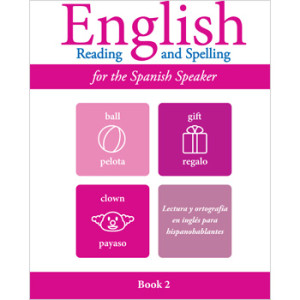Teaching Letter-Sound Association Strategies
According to Stanford researchers, beginning readers who focus on letter-sound relationships, in contrast to memorizing whole words, increase activity in the area of their brains most efficiently wired for reading. Those taught to attend to letter-sound patterns, or phonics, were able to read new words never seen before. When the same participants were taught to memorize whole words, they learned to recognize those particular words on a reading test, but they were unable to read new words not previously memorized.
Words learned through letter-sound association instruction elicited neural activity biased toward the left hemisphere of the brain; words learned via whole-word association showed activity biased toward right hemisphere processing. The study’s co-author Bruce McCandliss noted that this strong left hemisphere engagement during early word recognition is a hallmark of skilled readers, and is characteristically lacking in children and adults who are struggling with reading.
Our series, English Reading and Spelling for the Spanish Speaker uses a systematic approach in teaching the English speech sounds (letter-sound relationships) and provides practice with phonemic awareness, which is the ability to identify individual sounds and their order within words. Learning the different speech sounds will help students read and write in English fluently. Eighty-five percent (85%) of the words in English are phonetic. The series also presents many of the small, commonly used words, called sight words, that are not phonetic.
The series is bilingual since the word list for each lesson is presented in English and Spanish. There are pictures to go with many of the words in the lists. Each lesson emphasizes one or two new speech sounds. The vowel sounds in English are different that those in Spanish, but many of the English consonant sounds are similar to those in Spanish.
Older students like our workbooks because the pace is reasonable, print is large, directions are in Spanish, there are lots of pictures but the content is for adults. Teachers like our books because everything is ready to go. There is an answer key at the end of each lesson and an English translation of the Spanish directions at the end of each book.
Visit our website at www.Fisher-Hill.com to learn more about English Reading and Spelling for the Spanish Speaker and the other series in our English literacy program for Spanish-speaking teens and adults.







You must belogged in to post a comment.